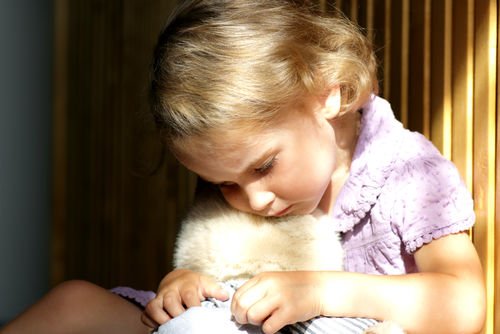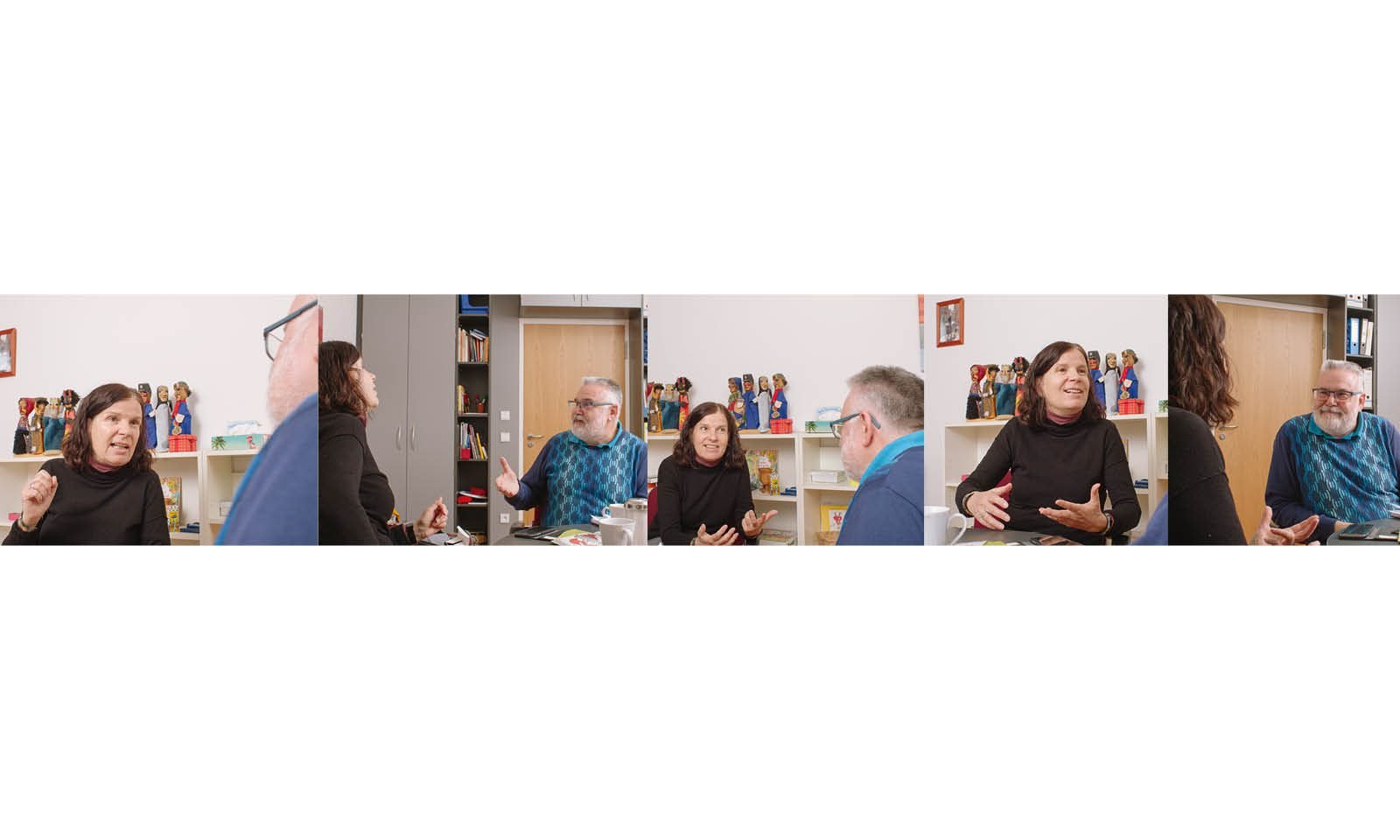3 important points about family forms:
This is about what family forms are, which family forms exist and how gender roles are often distributed in families.
1. Family forms: what it’s about?
There are very different families, with many children, with many parents, or exactly the opposite. People we choose as our family and people we have. In any case, the father-mother-child model is only one of many. Here is an overview of the most important family forms:
2. What are the main family forms?
- single-parent families are families in which children with only one parent live in one household. The parents in single-parent families are mostly single women.
- In Patchwork Family live children who do not have the same parents. An old term for patchwork family is “step family”. Also foster care are called patchwork families. Foster families are families in which children live for a limited period of time or permanently because they do not remain in their family of origin can. Some children live in homes or assisted living communities. That can also be family.
- In Rainbow Familiesdo not live heterosexual parents with children. For example, a child in a rainbow family can have multiple fathers or multiple mothers.
- at social parenting people do not have children themselves, but take responsibility for other children and play an important role in their everyday life.
- Some people have a child with someone with whom they have no love relationship. This family form is also called Co-parenting . Sometimes a person comes from a love relationship as a parent, so that there are not just two but three co-parents.
- The family of origin is the family in which we are born into it. Many people experience violence and devaluation in their family of origin. So that’s one for them choice family important. The family of choice can be a shared apartment, a partner, friends or another family.
- A nuclear family consists of two generations, parents and one or more children.
For us it is clear: All these families are good and right and need support!

3. Who does what? – gender roles in families

Despite all the diversity, the roles in many families are still clearly divided: women are responsible for care work, i.e. caring for children, old and sick people. In richer households it is outsourced to (often poorly paid) carers, cleaners and babysitters – mostly other women and migrants. Men should earn money for the whole family. They have to put up with the fact that they have little time for children and relationships.
The traditional gender roles also have material consequences: It is mostly women who only work part-time and do most of the care work. For example, women have a higher risk of poverty.
At the same time, it goes without saying that women want to go to work and want children and careers. Many men want to build serious and deep relationships with their children and have the time to do so.
So the demands and wishes have changed. It’s a good thing, but it can also be overwhelming: It is best for women, men and everyone else to do everything: careers, children, be beautiful and fit and have the rightWork-Life Balance ”. Going your own way here and setting your own priorities is a difficult task. And still better than having no choice!
- This advice and support can be found in the Rainbow Families project of the Lesbian and Gay Association of Germany (LSVD).
- In the video "My rainbow family" a rainbow family is introduced. How does it live as a child in a rainbow family?
RELATED ITEMS
-

Families in poverty – childcare services
How kindergartens can react – Poverty as a family situation and a framework for growing up in a child has consequences for those affected as well…
-

How do children live worldwide?
October 21, 2014 by Daniel | No Comments The idea that children have the right to a protected space to keep themselves free and as long as possible…
-

Children need boundaries – citykirche – the magazine of evang-luth
When young people become parents, the joy of the new earthly man prevails. However, parents first have to learn themselves in their new role…
-

Conflicts between parents and children
In every family there are conflicts between parents and children. In some families, despite the difficulties, of a more peaceful life…
